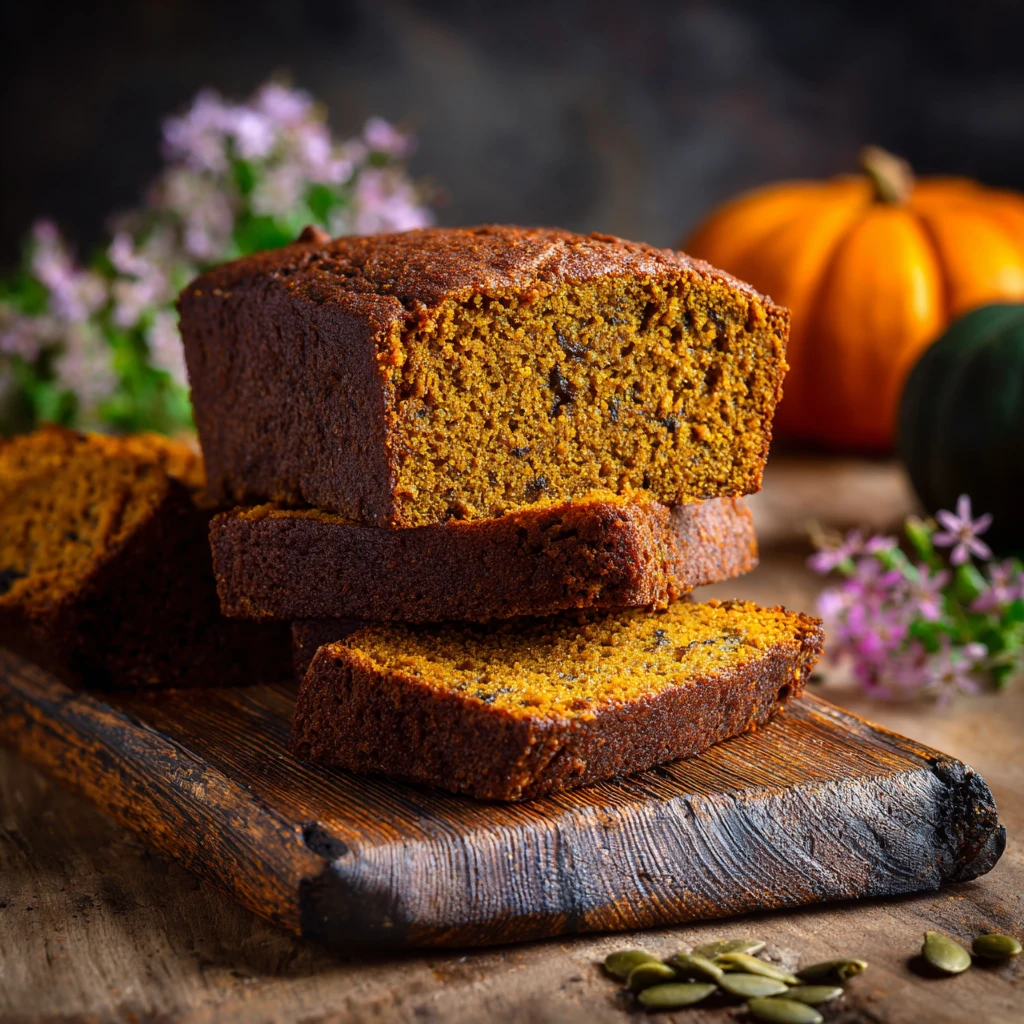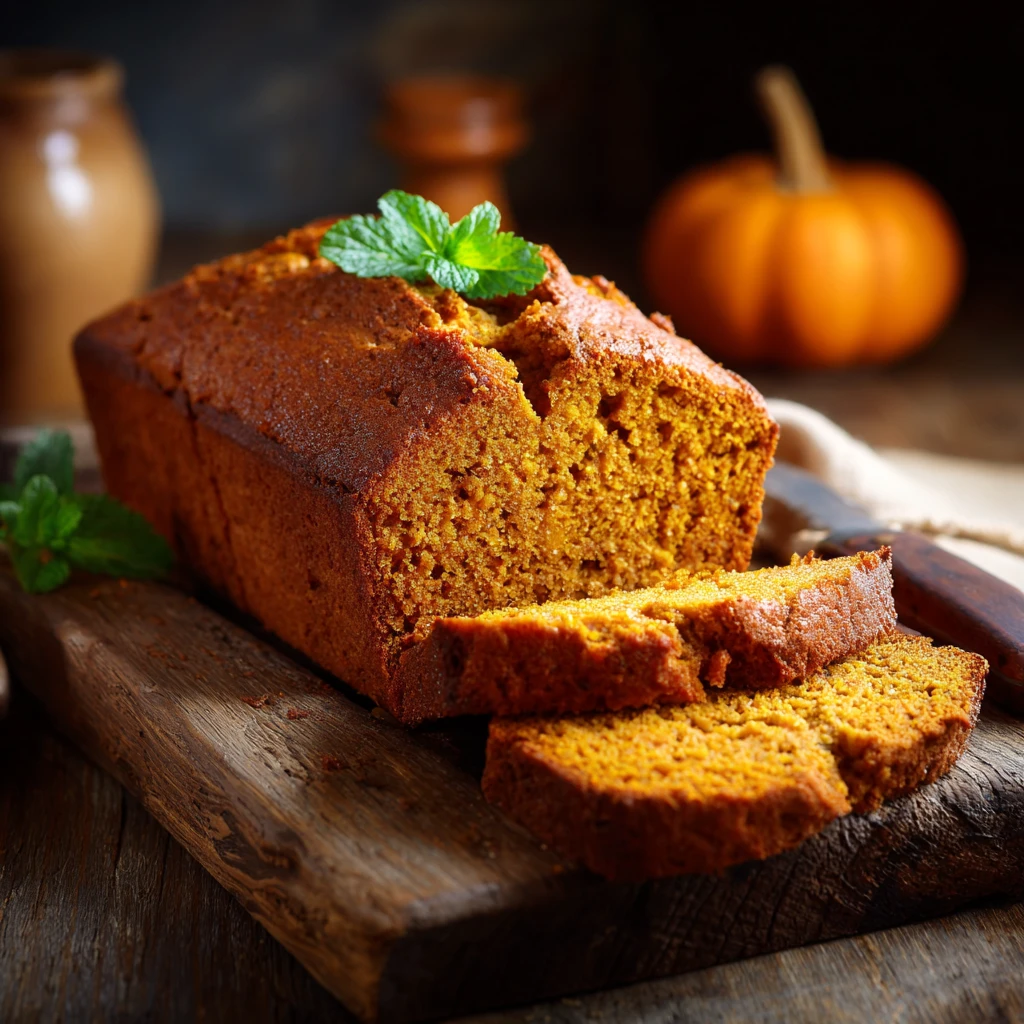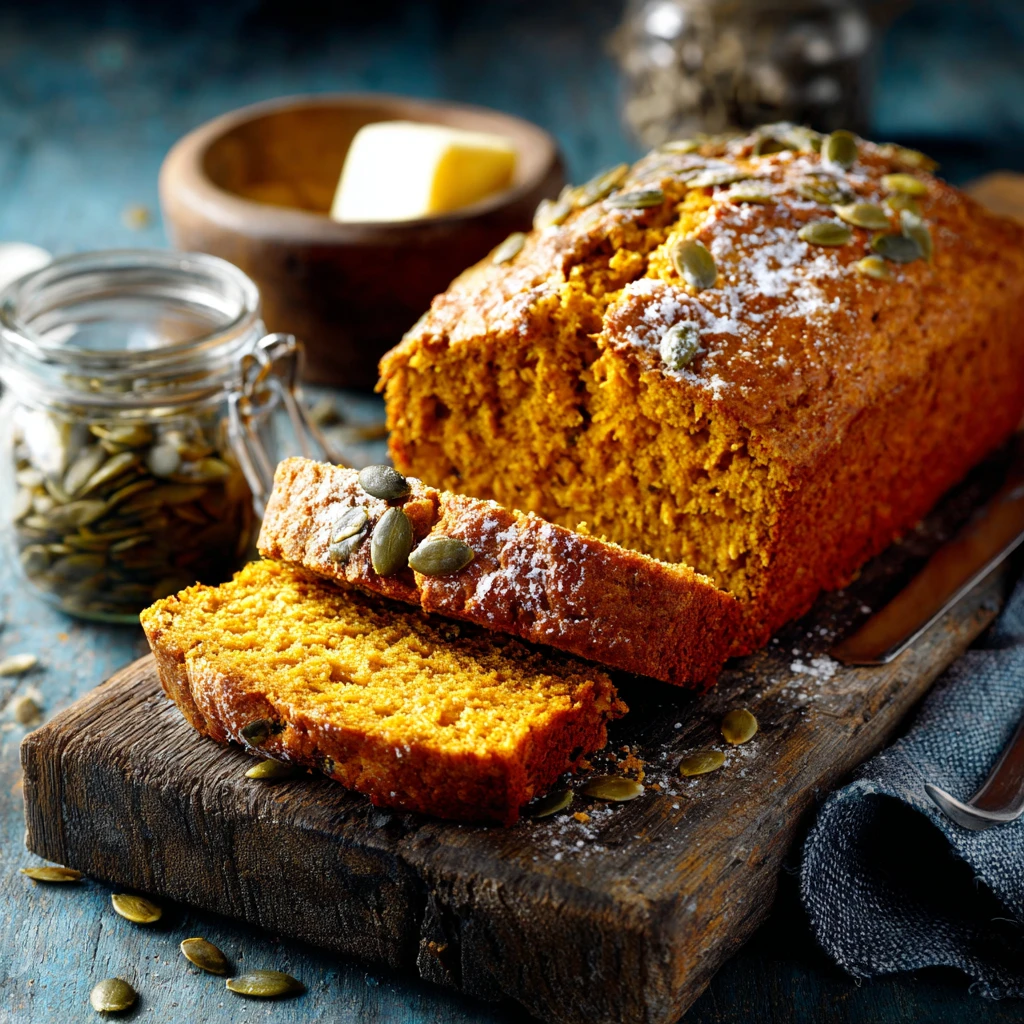The Ultimate Gluten-Free Baked Pumpkin Bread Guide
Pumpkin bread: a quintessential fall treat. But for those avoiding gluten, it can be a challenge to find a truly satisfying recipe. Fear not! This guide breaks down everything you need to know to bake the perfect gluten-free pumpkin bread, offering tips, tricks, and a delicious, tested recipe.
Why Gluten-Free Pumpkin Bread?
Gluten, a protein found in wheat, barley, and rye, provides structure and elasticity to baked goods. Removing it requires understanding how to compensate for its absence.
The Health Benefits of Gluten-Free Baking
For individuals with celiac condition or gluten sensitivity, avoiding gluten is essential for health. Gluten-free baking allows them to enjoy treats like pumpkin bread without experiencing unpleasant symptoms. Furthermore, many gluten-free flours are rich in fiber and nutrients, adding to the overall nutritional value of the bread.
The Deliciousness Factor
Let’s be honest: dietary restrictions shouldn’t mean sacrificing taste. When done right, gluten-free pumpkin bread can be just as moist, flavorful, and satisfying as its traditional counterpart. The key lies in choosing the right ingredients and techniques.
Essential Ingredients for Gluten-Free Success
Gluten-free baking hinges on the careful selection and combination of ingredients. Understanding the role of each component is crucial for achieving the desired texture and flavor.
Gluten-Free Flour Blends: The Foundation
Many gluten-free recipes rely on flour blends rather than single flours. These blends typically include a combination of:
- Rice flour: Provides a neutral base and helps with browning.
- Tapioca starch: Adds chewiness and helps bind the ingredients.
- Potato starch: Contributes to a light and airy texture.
- Almond flour: Adds moisture, richness, and a subtle nutty flavor.
- Sorghum flour: Offers a slightly sweet taste and improves browning.
Look for pre-made gluten-free all-purpose flour blends, or create your own by combining these flours in the appropriate ratios. A pre-made blend saves time and eliminates the guesswork.
The Pumpkin Powerhouse
Pumpkin puree is the star of the show. Be sure to use 100% pumpkin puree, not pumpkin pie filling, which contains added sugars and spices. Homemade pumpkin puree is an option but can be more watery than canned, potentially affecting the bread’s texture.
Binders and Moistness Enhancers
Without gluten, gluten-free baked goods can be dry and crumbly. To combat this, consider incorporating these ingredients:
- Xanthan gum: Acts as a binder, mimicking the elasticity of gluten.
- Applesauce: Adds moisture and natural sweetness.
- Greek yogurt or sour cream: Contributes to a tender crumb.
- Oil (e.g., coconut oil, avocado oil): Adds moisture and richness.
Spices: Warming the Soul
Pumpkin bread wouldn’t be complete without a blend of warm spices. Experiment with combinations of:
- Cinnamon: The classic pumpkin spice staple.
- Ginger: Adds a subtle warmth and spice.
- Nutmeg: Provides a nutty, slightly peppery flavor.
- Allspice: Offers a complex blend of flavors, including cinnamon, cloves, and nutmeg.
- Cloves: Use sparingly, as they can be overpowering.
Baking Techniques for Perfect Gluten-Free Pumpkin Bread
Mastering gluten-free baking requires paying attention to specific techniques that differ from traditional baking methods.
Mixing Matters
Avoid overmixing the batter, as this can lead to a tough texture. Mix until just combined. Gently fold in any add-ins, such as chocolate chips or nuts.
The Importance of Resting
Allowing the batter to rest for 15-30 minutes before baking can help hydrate the gluten-free flours, resulting in a more even texture.
Baking Time and Temperature
Gluten-free baked goods often require a slightly longer baking time than their gluten-containing counterparts. Monitor the bread closely and use a toothpick to check for doneness. Insert the toothpick into the center; if it comes out clean or with a few moist crumbs, the bread is ready.
Cooling is Key
Allow the bread to cool completely in the pan before slicing. This helps prevent it from crumbling.
Recipe: Delicious Gluten-Free Pumpkin Bread
This recipe combines the essential ingredients and techniques for a moist, flavorful gluten-free pumpkin bread.
Yields: 1 loaf
Prep time: 15 minutes
Cook time: 50-60 minutes
Ingredients:
- 1 ½ cups gluten-free all-purpose flour blend
- 1 teaspoon baking soda
- ½ teaspoon baking powder
- 1 teaspoon ground cinnamon
- ½ teaspoon ground ginger
- ¼ teaspoon ground nutmeg
- ¼ teaspoon ground cloves
- ½ teaspoon salt
- 1 ½ cups pumpkin puree
- ¾ cup granulated sugar
- ½ cup packed brown sugar
- ½ cup vegetable oil
- 2 large eggs
- 1 teaspoon vanilla extract
- Optional: ½ cup chocolate chips or chopped nuts
Instructions:
1. Preheat oven to 350°F (175°C). Grease and flour a 9×5 inch loaf pan.
2. In a large bowl, whisk together the gluten-free flour blend, baking soda, baking powder, cinnamon, ginger, nutmeg, cloves, and salt.
3. In a separate bowl, whisk together the pumpkin puree, granulated sugar, brown sugar, oil, eggs, and vanilla extract.
4. Add the wet ingredients to the dry ingredients and mix until just combined. Do not overmix.
5. If desired, fold in chocolate chips or chopped nuts.
6. Pour the batter into the prepared loaf pan.
7. Bake for 50-60 minutes, or until a toothpick inserted into the center comes out clean or with a few moist crumbs.
8. Let the bread cool in the pan for 10 minutes before transferring it to a wire rack to cool completely.
Tips for Success:
- Use a high-quality gluten-free flour blend for best results.
- Measure the pumpkin puree accurately.
- Do not overbake the bread, as this can make it dry.
- Store the bread in an airtight container at room temperature for up to 3 days or in the refrigerator for up to 5 days.
Variations and Creative Twists
Once you’ve mastered the basic gluten-free pumpkin bread recipe, feel free to experiment with variations and creative twists.
Chocolate Chip Pumpkin Bread
Adding chocolate chips is a classic and delicious addition. Use semi-sweet, milk, or dark chocolate chips, depending on your preference.
Nutty Pumpkin Bread
Chopped pecans, walnuts, or almonds add a delightful crunch and nutty flavor.
Cream Cheese Swirl Pumpkin Bread
Create a swirl of cream cheese filling for an extra layer of richness. Mix softened cream cheese with sugar and vanilla extract, then dollop spoonfuls of the mixture onto the batter and swirl with a knife.
Spiced Glaze
Drizzle a spiced glaze over the cooled bread for added sweetness and flavor. Combine powdered sugar, milk, cinnamon, and vanilla extract to create the glaze.
Pumpkin Muffins
Turn the pumpkin bread batter into muffins for a grab-and-go treat. Reduce the baking time to 18-22 minutes.
FAQ: Your Gluten-Free Pumpkin Bread Questions Answered
Q: Can I use coconut flour in this recipe?
A: Coconut flour is very absorbent and requires a different ratio of wet to dry ingredients. It’s best to stick with a gluten-free all-purpose flour blend specifically designed for baking.
Q: How do I prevent my gluten-free pumpkin bread from being gummy?
A: Gummy texture can be caused by overmixing or using too much binder (like xanthan gum). Measure ingredients accurately and mix until just combined.
Q: Can I freeze gluten-free pumpkin bread?
A: Yes! Wrap the cooled bread tightly in plastic wrap and then in foil, or place it in a freezer bag. It can be stored in the freezer for up to 3 months. Thaw at room temperature before serving.
Q: What can I substitute for eggs in this recipe?
A: Flax eggs (1 tablespoon ground flaxseed mixed with 3 tablespoons water, let sit for 5 minutes) can be used as an egg substitute.
Q: My pumpkin bread is sinking in the middle. What did I do wrong?
A: This could be due to several factors, including using too much liquid, not baking the bread long enough, or opening the oven door frequently during baking. Make sure to measure ingredients accurately, bake until a toothpick comes out clean, and avoid opening the oven door unnecessarily.
Q: Can I make this recipe dairy-free?
A: Yes! Replace the oil with melted vegan butter or refined coconut oil. If the recipe called for yogurt or sour cream substitute with a plant-based alternative.




